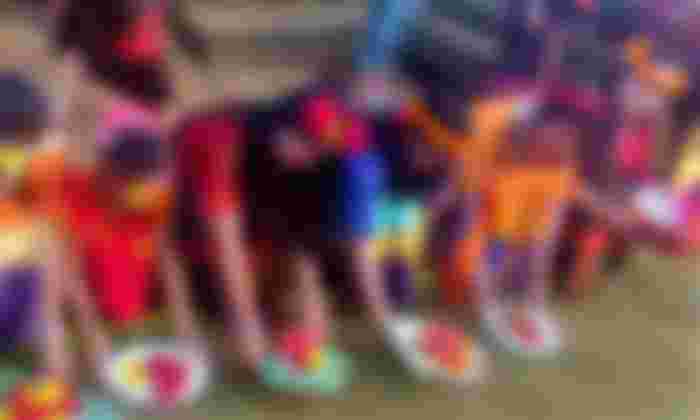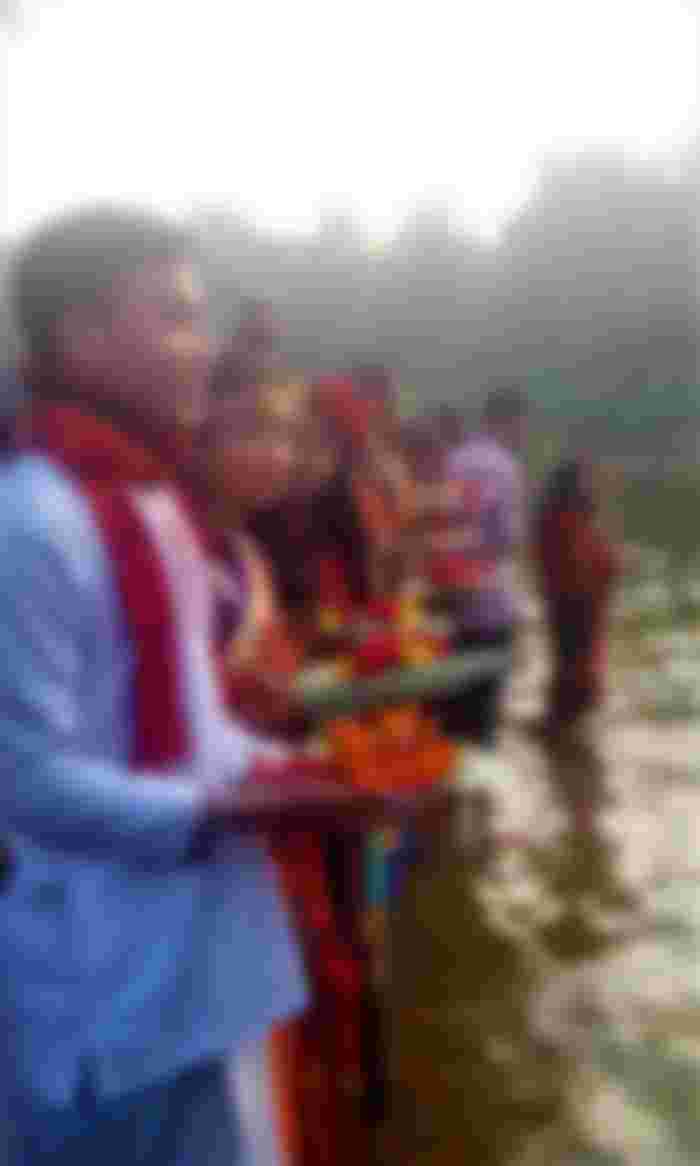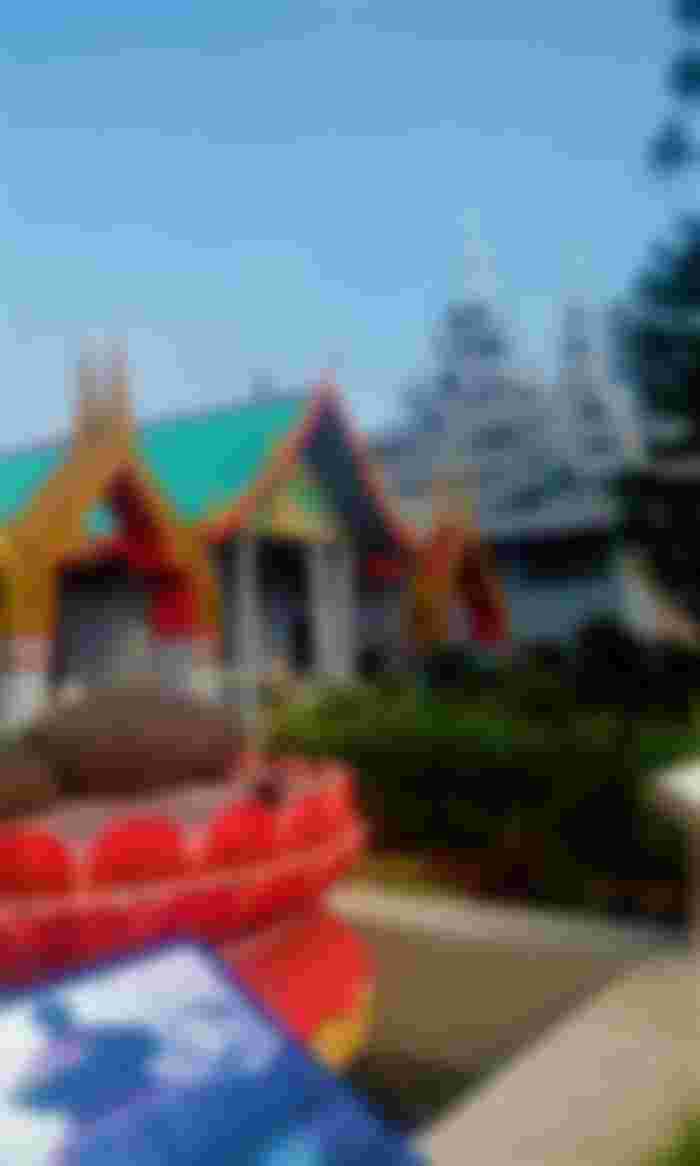Bengali New Year - Although it is the biggest cultural festival of the two Bengals, the event celebrated in Bangladesh has been able to gain special status in the world court. Although New Year is celebrated with great pomp in different parts of Bangladesh, the style of New Year celebration of the indigenous people living in the hilly areas of the country is quite different. And so it is a special attraction for people from home and abroad, which is able to play a significant role in the country's tourism industry.
For the benefit of the numerous tour operators conducted through social media, several trips are regularly organized at this time of the year where travelers from different parts of the country join the indigenous festival. Many also attend these festivals in person. But it is not easy to attend every part of this festival without permission.

Vaisabi is the name of this popular and very interesting festival of the tribals. The name Vaisabi is derived from the name of the Bengali New Year, which is celebrated in three different ways by three different tribal groups. Indigenous groups in the hilly areas of Rangamati, Khagrachhari and Bandarban, Tripura, Marma and Chakma celebrate this Vaisabi festival. ‘Baisu’ of the Tripura group, ‘Sangrai’ of the Marma group and ‘Biju’ of the Chakma group - ‘Vaisabi’ is derived from these three names. This festival is celebrated for three days. Although there are different groups celebrating the festival, the main festival is water sports. The Marma group mainly celebrates this festival which is known as ‘Sangrai’.

This festival is usually celebrated on the 14th of April i.e. the first day of Boishakh. Indigenous people celebrate this festival by sprinkling water on each other. Both men and women participate in this festival. During the day, festival-goers in different areas suddenly sprinkle water on anyone and make a stranger a part of the festival. However, if you want to observe the festival closely or participate directly, it is better to take permission from the organizing team in advance. In addition to this water sports festival, the Marma group organizes a number of other events on the occasion of the New Year, including boating and wrestling.

It would not be an exaggeration to say that the Chakmas' program is at the forefront of attraction and splendor. It is celebrated on the 12th of April. Known as ‘Biju’, the main ingredient of this festival is a variety of colorful flowers. Due to the widespread use of flowers, this festival is also known as 'Phulbiju'. The second day festival is known as ‘Mulbiju’ and the third day festival is known as ‘Gajjapajja Din’.
On the day of this Phulbiju festival, the Chakma tribesmen wake up very early in the morning wearing attractive tribal costumes and flower ornaments and using flowers in various ways to decorate themselves as much as possible. On this day, they also decorate their houses with flowers. After that, from dawn, flowers are thrown, candles are lit and worship is performed in various hill water bodies including Kaptai Lake.

This festival is not only a cultural festival but also a kind of religious festival. Through this festival, the people of the Chakma community pray to God for peace and prosperity. On this day, they join their family and friends and relatives in the flower-throwing festival. The practice of floating flowers in the water, which starts at 6 am, ends at 10 am.
The best place to attend or observe the Phulbiju festival is at Rajban Bihar, the country's largest Buddhist shrine located in the Rajbari area of Rangamati. Another significant part of this day is ‘pajong’. On the occasion of this pajang, the adivasis prepare several delicious dishes. This pajang acceptance is also considered as a kind of prayer.

In addition to celebrating Phulbiju festival, visiting Rajban Bihar has become a tradition. The monastery was established in 1986 under the patronage of the then tribal royal family. Maharshi Arhanta Aryasavaka Sadhanananda Mahathera- has conducted all the functions of this monastery since its inception. Due to his contribution to the development of Buddhism in the region, he was called Banavante.
The word banabhante means 'monk of the forest'. The courtyard of the monastery has a number of Burmese architectural buildings that are being used for various purposes, including Buddhist temples, monks' quarters, dining halls and worship halls. There is also a seven-storey 'Sat-Swarg Bhavan' outside the main Bihar premises. Each floor of this building is called a paradise.

Every year about 50-70 local and foreign Buddhist monks come to visit this monastery and worship here. It is also an ideal place for family travel. However, do not take pictures of any Buddhist monk without permission. Refrain from any behavior that interferes with worship. Numerous monkeys are roaming freely all over Rajban Bihar. In addition to keeping your belongings safe from them, also refrain from injuring them in any way.
Indigenous groups in Tripura organize their ‘Baisu’ festival in much the same way as the Biju festival of the Chakmas. They also celebrate the festival by decorating their houses with flowers after wearing new clothes. However, the special feature of this group's celebration is that on the occasion of this festival, the Tripura tribals release or release all their cattle including cows, goats and buffaloes on that day. And on this day, they entertain the guests with home-made cakes and drinks.

Just a few days before the three-day Vaisabi ceremony, the indigenous Bengalis in the hilly areas, like the Bengalis across the country, were busy shopping for clothes and other items. During this time a festive atmosphere prevailed throughout the hill country. Various clubs and cultural organizations organize all the celebrations of this festival. And all the security agencies, including the police, became a little more cautious. Various media outlets gathered in the hilly areas at this time to cover the three-day event.

Apart from celebrating the Vaisabi festival, other notable hill station destinations like Rangamati, Bandarban and Khagrachari can be visited at the same time. Especially for going directly to Kaptai from Rangamati city, you should visit the new Link Road at least once at this time. On one side of the road you will see the arid islands of Kaptai Lake and on the other side there are mountain ranges with small lakes.
The rainy season scene, however, is completely different. It is easy to enjoy this natural beauty by using CNG. There is also the iconic hanging bridge of Rangamati town. And the good news for adventure seekers is that after dusk, various wild animals roam freely across a certain part of the road, the most notable of which is the wild elephant herd.

The city of Rangamati is very safe and the Bangladesh Army is always trying to ensure this security. There are direct buses from Dhaka to Rangamati and other hilly areas. If you want, you can go to Chittagong by train and then you can easily reach different hilly areas by bus.
Thanks for reading this article for so long.
If you like it Upvote Can give.








